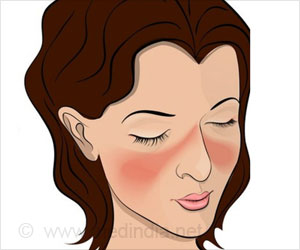Health experts and academics are divided on the effects of junk-food advertising.
Health experts and academics are divided on the effects of junk-food advertising.While a social revolution that would ban all ads for junk food can still not be expected at any time in the near future, not only because the Federal Government has made it clear a ban is out of the question and also because the link between television watching and childhood obesity is "surprisingly weak" according to public health researcher Owen Carter.
Carter says that a review of studies that compared how many hours of television children watched a day with how fat they were has revealed that a child's TV viewing can only affect about 1 per cent of body weight.Carter’s recently published a review of literature on the link between childhood obesity and food advertising on Australian television in the Health Promotion Journal of Australia has stated that no direct evidence has been found to link junk-food advertising with childhood obesity.
He says that, by deduction, any contribution of junk-food ads "has to be less than the 1 per cent total" in the difference TV watching makes to children's weight adding, "That is, half of bugger all."
In addition Carter found that a lack of exercise was not the great problem among those who watch TV. In fact children who watch less than the average of two hours a day simply replace TV with other sedentary activities like reading and listening to music.
In fact Carter concludes that there is little evidence children today are more sedentary than their parents or grandparents.
While Carter is in complete agreement with the fact that childhood obesity rates have tripled over the past 20 years, he blames parents for feeding their children too much junk.
Advertisement
Carter, a research fellow at the Centre for Behavioral Research in Cancer Control at Perth's Curtin University of Technology, has been a true advocate for the fight against obesity because of its link to increased deaths from various forms of cancer. The Australian Research Council has sponsored his study for $120,000.
Advertisement
Source-Medindia
NLA











